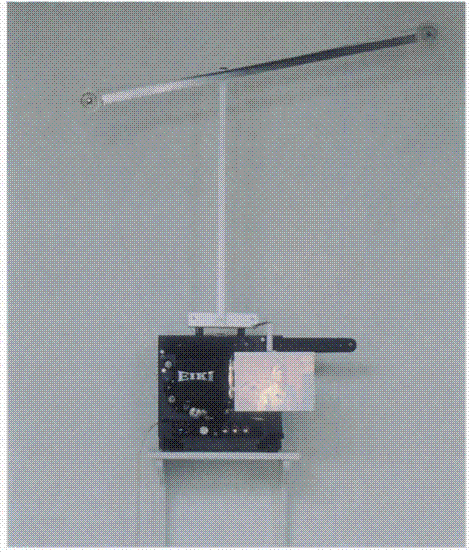
Marijke van Warmerdam, Rice (1995) (Photo Galerie Van Gelder, Amsterdam).
each other. In this way vague memories are set loose, of fountains, of spouting statues by famous sculptors, of grand squares in old cities. In all its flowing innocence, the water reveals an art history subtext that links the work to classical sculpture. Even to sculptures that show only the frozen traces of flowing water. To Auguste Rodin's
L'âge d'Airain, for example. A version of this sculpture was exhibited in the Van Gogh Museum in Amsterdam, and its patina bore the permanent traces of exposure to rain. According to the explanation, Rodin wanted the bronze man's skin to be marked by his time in the open air, by the pouring rain. It is as if the downward flow emphasises the man's erectness, both in
Shower and in
L'âge d'Airain. There is the suggestion of a mutual counter-movement, which was so striking in the falling skirt. One nice similarity is that, since January 1996,
Shower has also been on show in a public place. Not on a square or in a park, certainly not in daylight.
Shower can be seen on one of the platforms of the underground station at Schiphol. It is shown for several hours a day, from two hours before till two hours after the rush hour; on a screen of considerable size and using a real projector. Film is an unusual technique for a public sculpture (and for that matter proved to be surprisingly durable, the first loop still not needing replacement after a year). Anyone who holds his case in front of the projector removes the picture. It is after all nothing more than a bundle of light and, as far as physical mass is concerned, is the opposite of bronze. It is precisely this ephemerality that makes this work of art fit so well into our viewing habits, concentrated as they are on news and fiction. Both young and old waiting in the
train soon become absorbed by it. What is intriguing about
Shower, which is taken from our everyday lives and not immediately identified as art, is the fact that the picture moves. Until it also